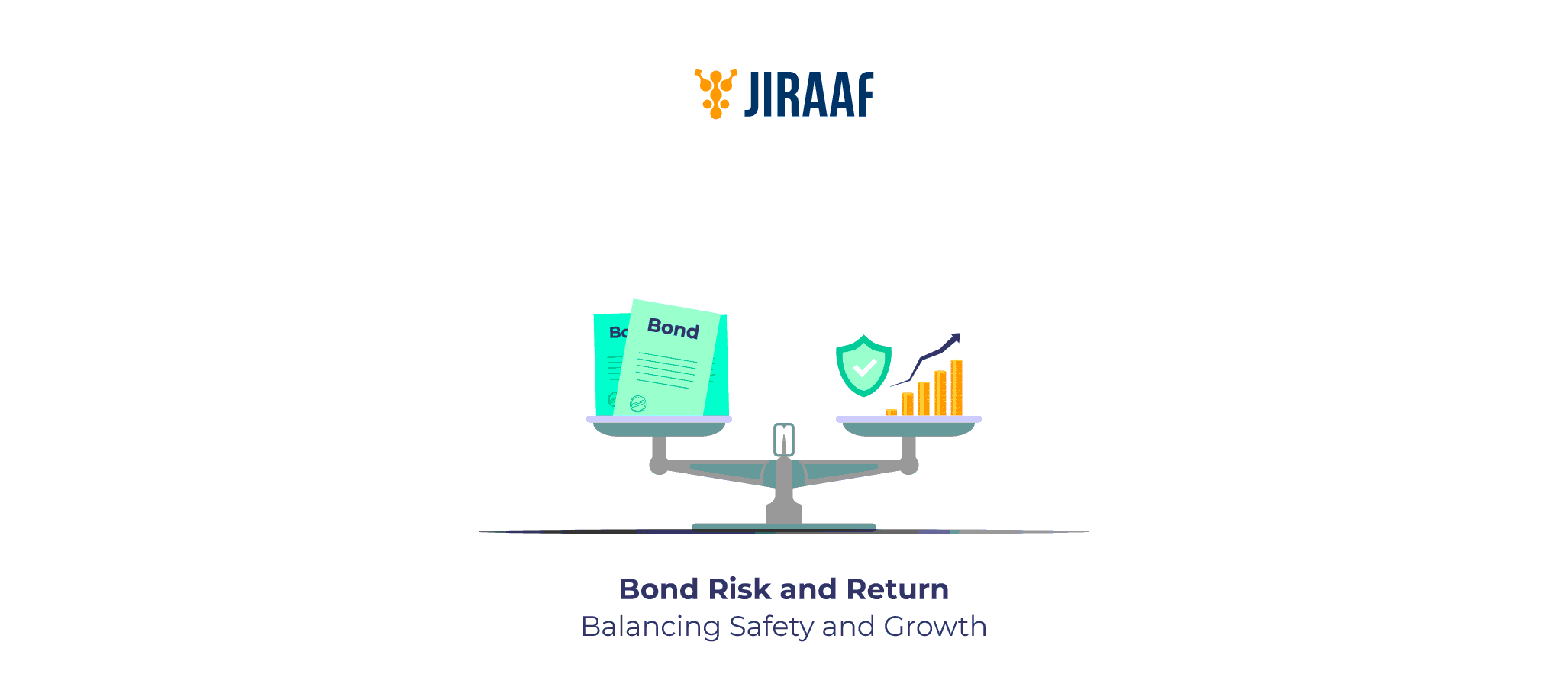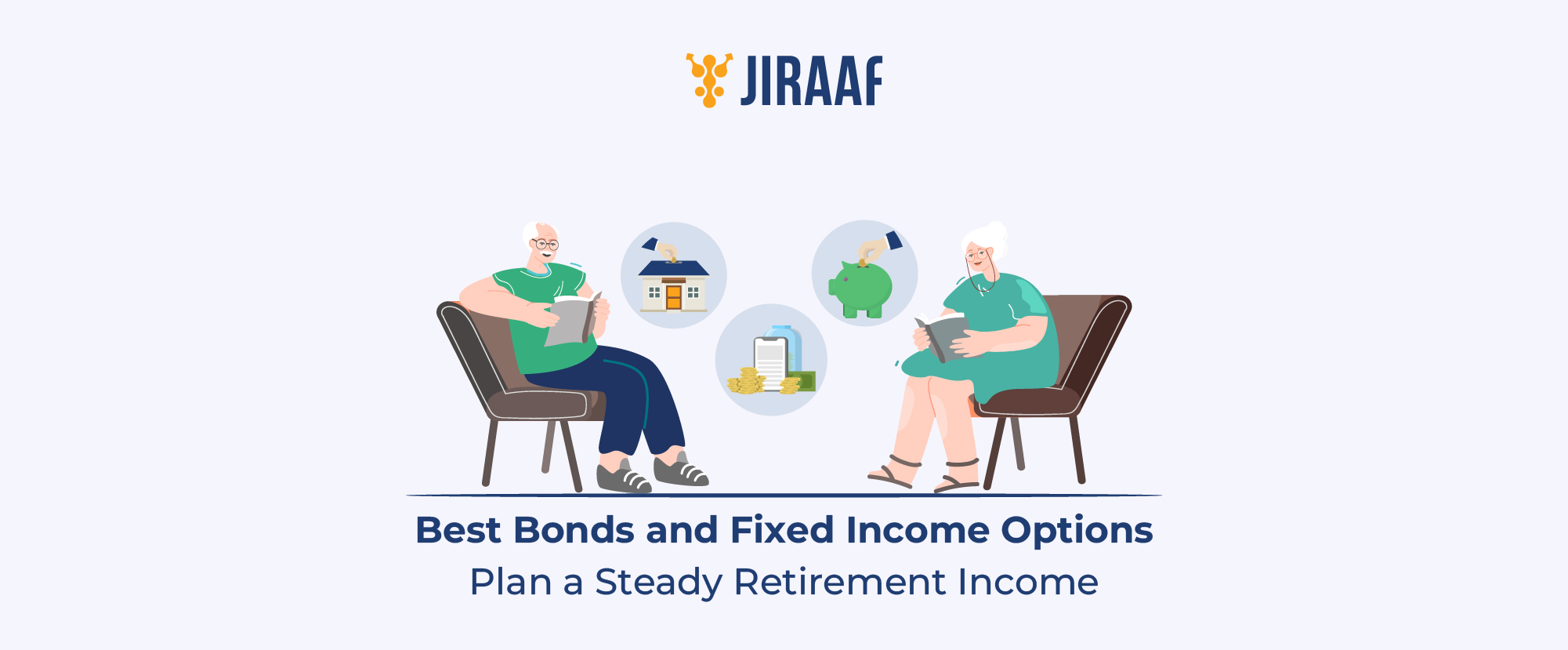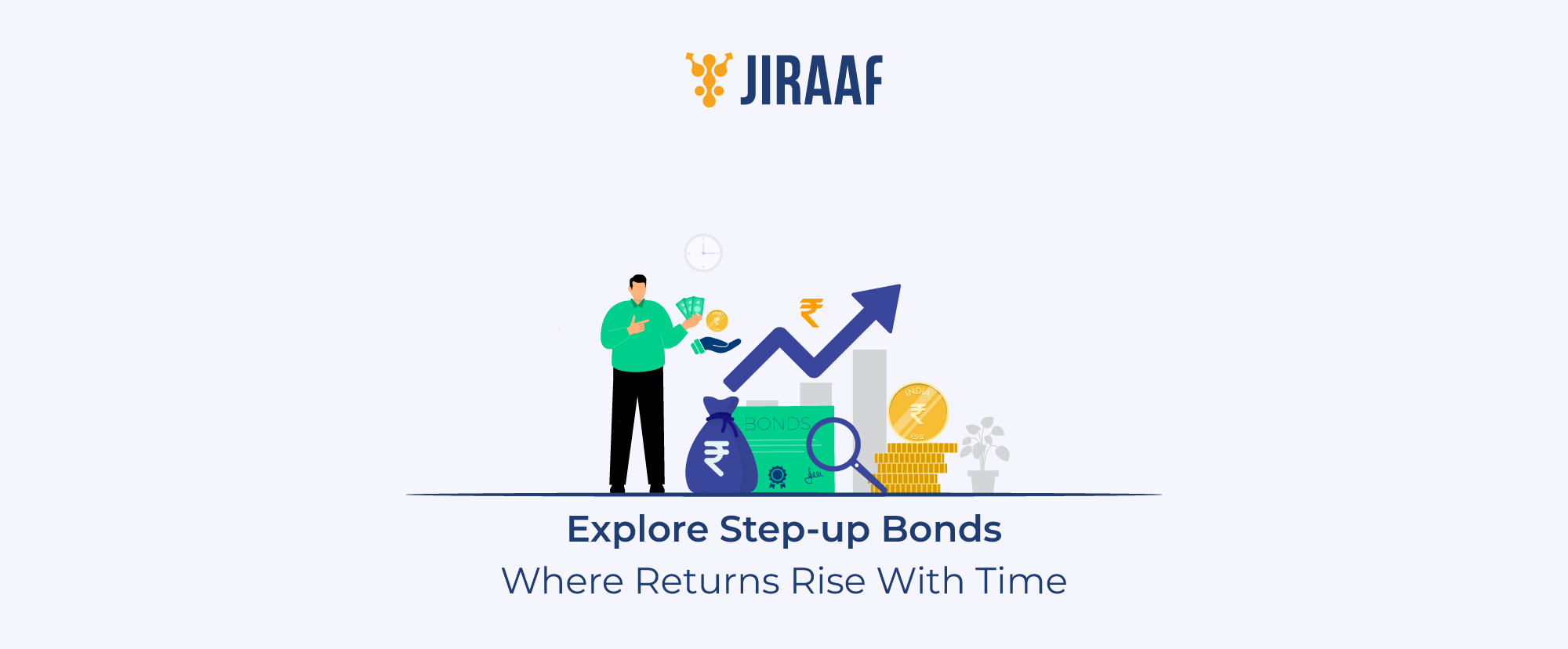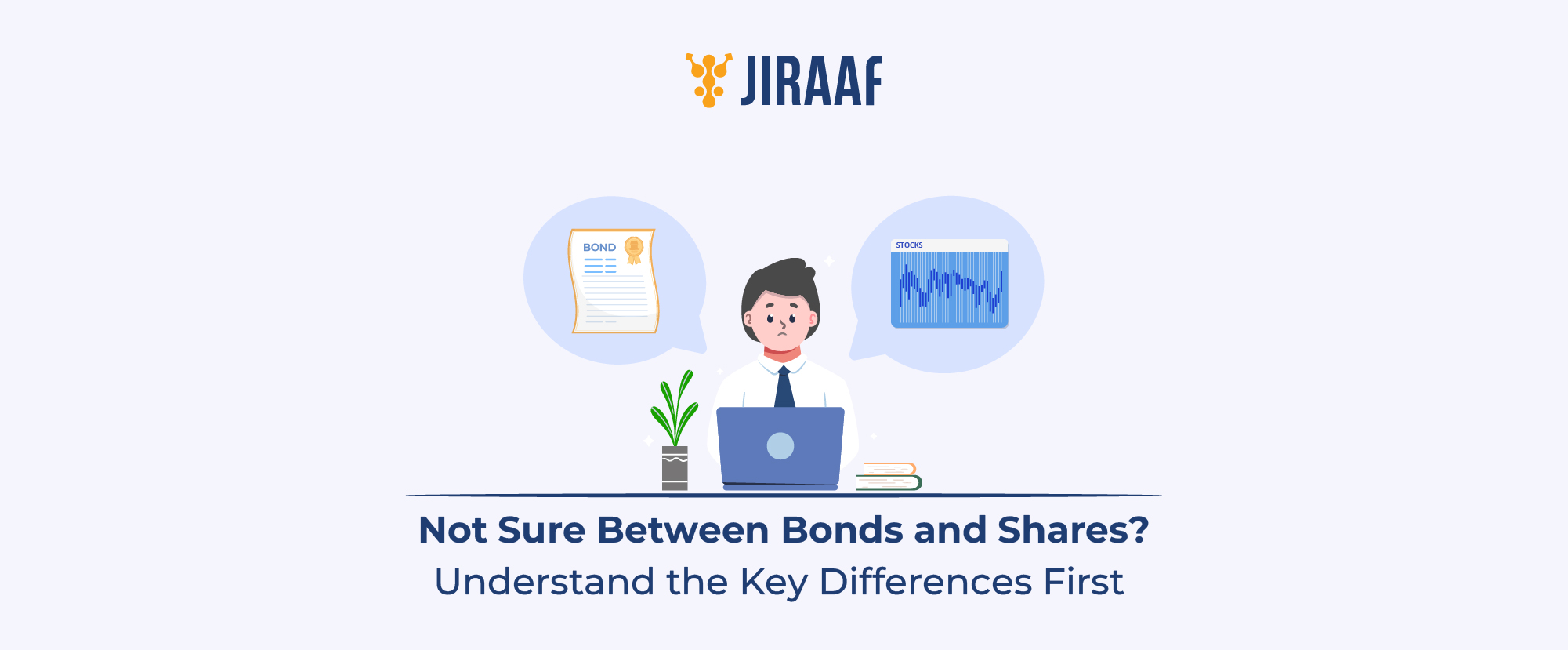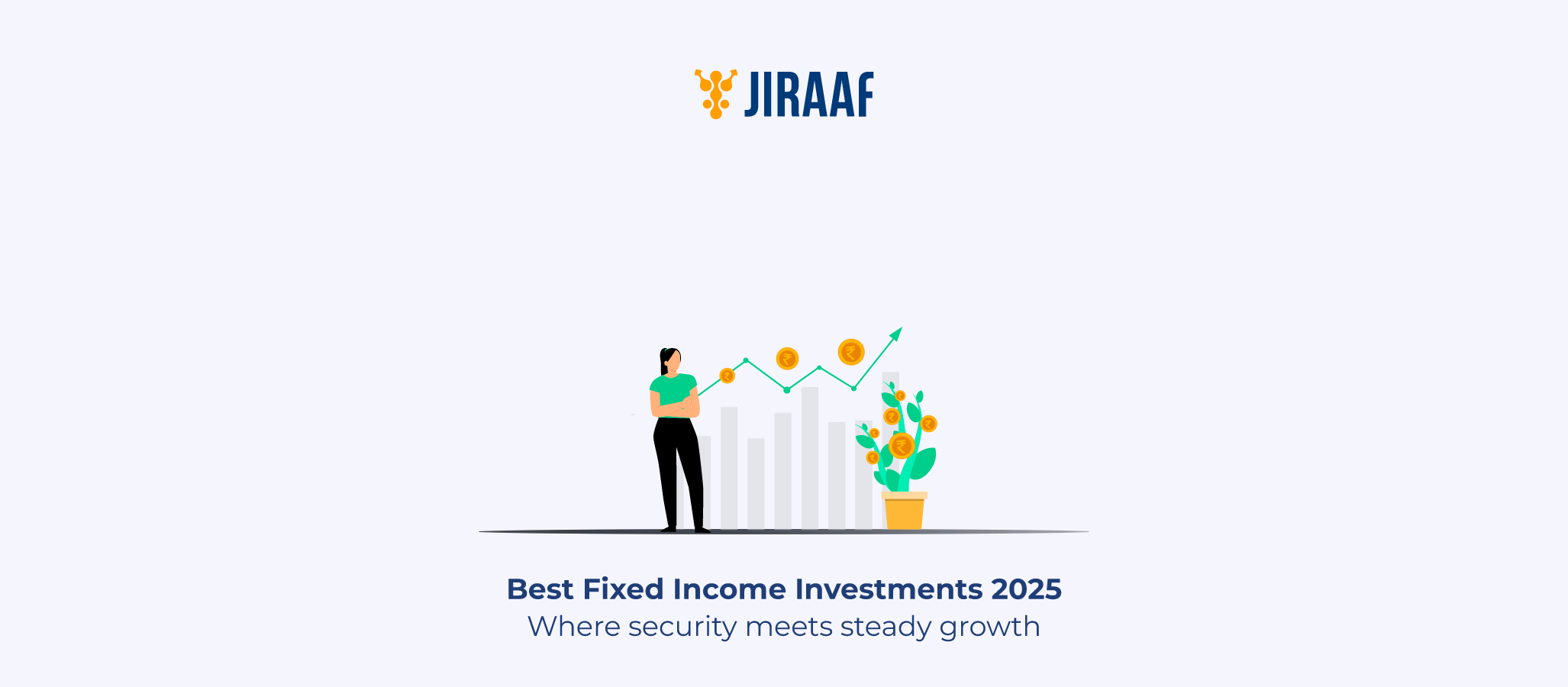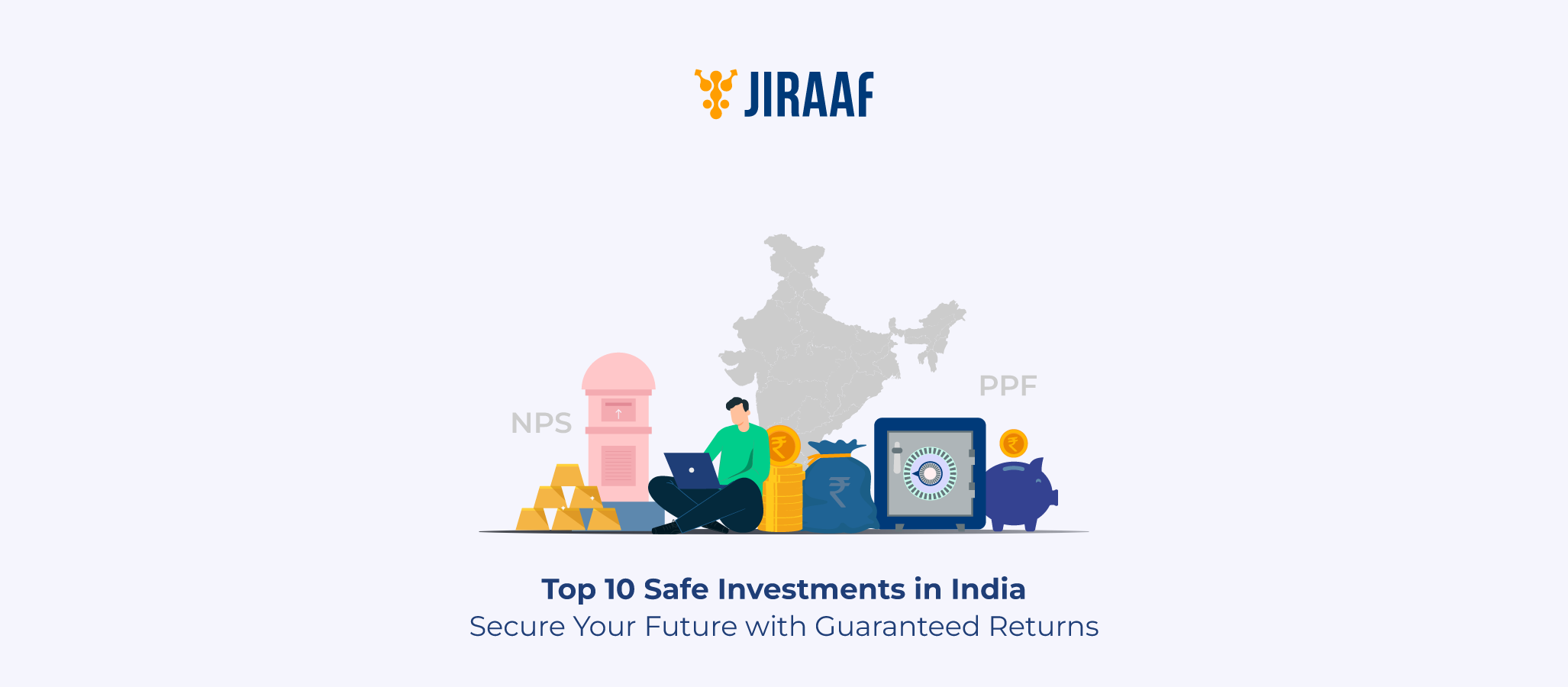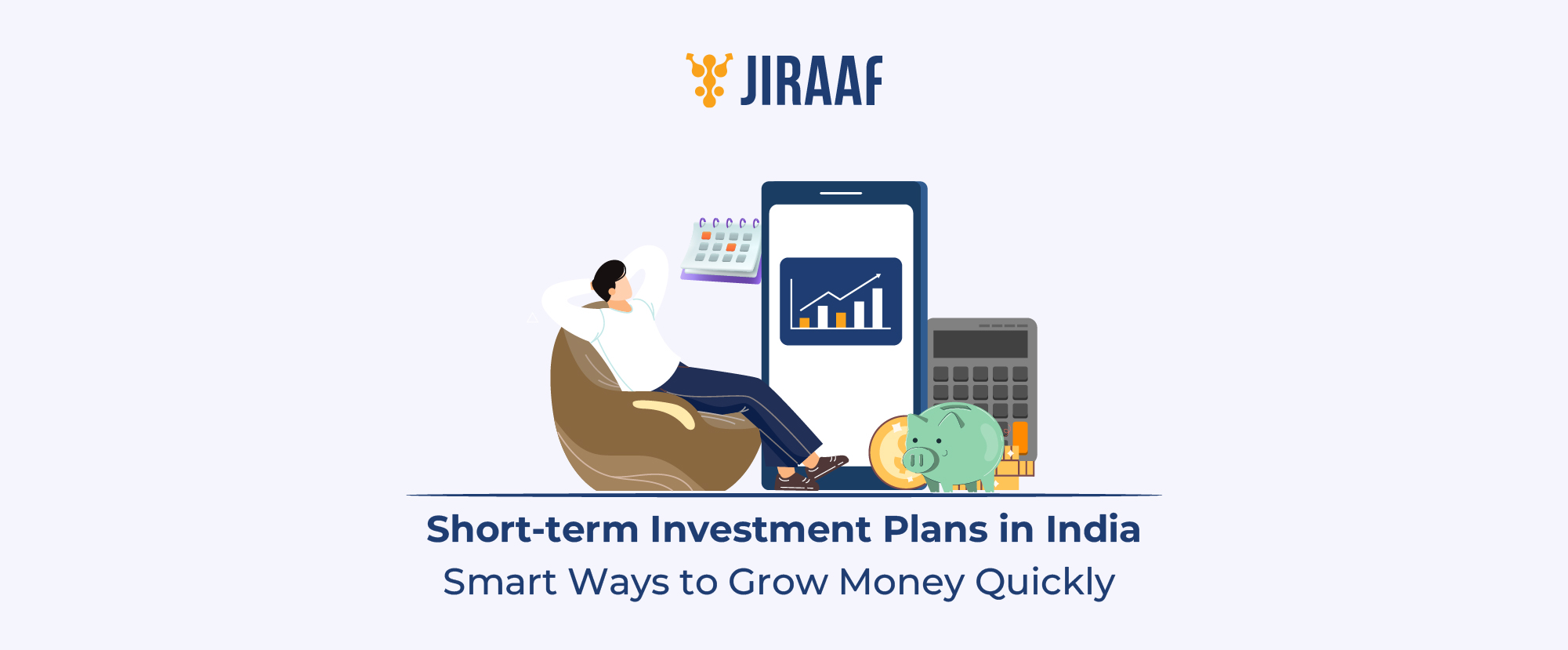Bonds are often seen as the “safe corner” of the investment world. And while they are less affected by risks such as volatility like the stock market, no investment is truly risk-free. Bondholders have to deal with their own challenges like interest rate risk, default risk, liquidity risk, etc.
However, bonds offer higher returns to offset the risk they carry. This means that now the investor (you) is responsible for deciding how much risk and return you are comfortable with.
In today’s blog, we will talk about why the bond risk-return tradeoff should matter to investors, which type of bonds carry maximum risks, and which ones are the safest, and much more. Let’s get started.
Why Bond Risk and Return Matter to Investors
A common rule of thumb every investor knows is, “The higher the risk, the higher the reward”, and vice versa. This same rule applies to bond investing as well.
Bonds are rated in the range of AAA to D to assess the risks associated with the creditworthiness of the issuing company. AAA to BBB- rated bonds are regarded as investment grade bonds while any bond below BBB- rating is considered junk or highly risky. Generally, a AAA- rated government bond typically offers a yield of 5-7%, while a BBB- rated corporate bond offers 8-15% yield.
Now, let us take a look at the common bond types you can invest in according to your financial goals.
Overview of Common Bond Types
The bond market comprises of different bonds that vary in terms of risk, return, and investment tenure. Knowing about these bonds will help you in choosing the most suitable bond for your goals and risk appetite.
Government Bonds
As the name suggests, government bonds are issued by the Government of India and include instruments like G-Secs (Government Securities), Treasury Bills (T-Bills), and State Development Loans (SDLs). These securities are backed by the sovereign guarantee of the government, which means repayment is virtually certain.
A 10-year G-Sec is considered the benchmark for the Indian debt market. As of October 2025, it is hovering around 6.5%. This benchmark bond pays interest every six months and the principal is returned at maturity. If bought through the RBI’s Retail Direct platform, you can invest in government securities with as little as ₹10,000.
Corporate Bonds
Corporate bonds are issued by private or public companies, such as Reliance Industries, HDFC Bank, and Tata Capital. Companies issue these bonds to raise capital for funding expansion or daily operations. These bonds typically generate higher returns than government bonds to offset the inherent credit risk.
An A- rated corporate bond typically yields around 8-9.5%. At the same time, a BBB-rated corporate bond can offer 9-15% yield. The interest is paid on a set schedule, depending on the issuer company.
Municipal Bonds
Municipal bonds are issued by state governments, such as the Pune Municipal Corporation or the Greater Hyderabad Municipal Corporation, to fund public infrastructure projects.
In India, some municipal bonds are available with tax-free interest under specific schemes. Investors falling under higher tax slabs can invest in these bonds to push their effective returns above what a taxable bond would offer.
The tradeoff here is that both risk and return depend on the financial health of the issuing municipality. Stronger municipalities tend to offer lower yields, while those with weaker finances may pay more to attract buyers.
High Yield-Bonds
High-yield bonds are investment-grade bonds that typically yield higher than government bonds.
You can find expertly curated high-yield bonds on Jiraaf, where every listing passes through a multi-layered credit assessment led by our in-house experts.
Inflation-Protected Bonds
Inflation-protected bonds or inflation-indexed bonds (IIBs) are bonds whose principal amount changes in line with the Wholesale Price Index (WPI) and the Consumer Price Index (CPI). This way, these bonds help investors beat inflation when everyday prices go up.
If inflation is 6% in a year, the bond’s principal rises by 6%. The interest is then calculated on this higher amount. The returns are typically lower than those of standard bonds. However, the built-in inflation protection can be invaluable when living costs are rising.
Comparative Table: Bond Types by Risk and Return
Bonds fall into broad groups based on their safety and the returns they generate. Low-risk bonds usually provide steady payments but modest growth. Those with higher yields come with a higher risk when compared to government bonds.
The table below puts the main types of bond side by side, so you can quickly see where each type sits on the risk–return scale.
| Bond Type / Rating | Typical Yield (p.a.) | Risk Level | Main Risks | Example Issuers | Liquidity | Tax Treatment (India) |
| Govt. Bonds | 5 – 7% | Sovereign Backing (Virtually no risk) | Interest rate | Govt. of India, State Govts | High | Interest at slab rate, LTCG 12.5%, 10% TDS, CG if sold early |
| AA Bonds | 7– 8.0% | Low | Credit risk, rate risk | Large NBFCs, Corporates | High | Interest at slab rate, LTCG 12.5%, 10% TDS, CG if sold early |
| A to BBB- (High-Yield Bonds) | 8– 15% | Moderate (High safety, higher yield) | Credit/Default, Interest rate | Reputed NBFCs, Large private cos. | Moderate-High | Interest at slab rate, LTCG 12.5%, 10% TDS, CG if sold early |
| Below BB (Junk Bonds) | 14% and above | High | Credit/default, market | Lower-rated, small NBFCs, SMEs | Low-Moderate | Interest at slab rate, LTCG 12.5%, 10% TDS, CG if sold early |
| Municipal Bonds | 6.5- 7.5% | Moderate | Credit, Project | Pune/Ahmedabad Municipal Corp | Moderate | Some issues tax-free (Sec 10(15)) |
| Inflation-Protected Bonds (IIBs) | 4– 5% + CPI | Very Low – Low | Interest rate | Govt. of India | Low-Moderate | Interest at slab rate, Principal indexed, 10% TDS |
But what affects these risks and returns?
Key Factors Affecting Bond Risk and Returns
Every bond balances risk with the chance of return. And this balance can change over time depending on economic conditions and policies.
Various factors influence a bond’s risk and return tradeoff such as:
Interest Rate Movements
Bond prices and market interest rates move in opposite directions. In India, the Reserve Bank of India (RBI) sets the tone with the repo rate.
- When RBI raises rates, new bonds offer higher yields, and existing bond prices usually drop.
- When RBI cuts rates, older bonds with higher coupons become more valuable, pushing their prices up.
Long-term bonds (generally maturing after 5 or more years) are more susceptible to interest rate changes compared to short-term bonds.
Credit Ratings and Issuer Strength
A bond’s credit rating reflects the issuer’s ability to repay interest and principal.
- AAA rated bonds from top corporates or government entities offer lower yields but high repayment certainty.
- Bonds below BBB- credit ratings may offer 15%+ yield but carry very high default risk.
A credit rating agency determines the credit worthiness of a company based on their business model, debt structure, repayment capacity, past credit history, etc.
Economic Cycles
Bond performance often mirrors the economic cycle.
- In a slowdown, investors tend to move towards government bonds and high-grade corporate debt for safety.
- In expansion phases, risk appetite increases, and demand for higher-yield corporate or municipal bonds grows.
Indian bond markets are also influenced by fiscal deficit levels and government borrowing plans, which can affect supply and yields.
Inflation Expectations
Inflation reduces the real value of bond interest. If inflation is higher than the coupon rate, the investor’s purchasing power erodes.
- Inflation-linked bonds, like the government of India’s Inflation-Indexed Bonds, adjust the principal or interest to maintain purchasing power.
- Fixed-rate bonds become less attractive in a high-inflation environment unless they already offer a substantial premium over inflation.
However, investors can beat inflation and grow their money with high-yield bonds. These bonds provide the ideal alternative for investors looking to beat traditional FD returns while offering a more stable option than equity or gold markets.
Market Liquidity
Liquidity is the ease with which a bond can be bought or sold in the secondary market without affecting its price.
- Government securities (G-Secs) are the most liquid in India, with active trading on the RBI’s Negotiated Dealing System (NDS-OM).
- Corporate bonds and municipal bonds may see lower trading volumes, making it harder to exit quickly without a price concession.
Choosing the Right Bond Type for Your Investment Goals
A well-built bond portfolio consists of a diverse mix of bonds from different issuers, spanning from multiple credit ratings and maturities. This way, every bond serves a different investment objective.
For example, long-term bonds primarily act as capital preservers, providing steady income over an extended horizon, while short-term bonds are more suited to goal-based investing where liquidity and safety are paramount.
For Conservative Investors
Investors prioritizing capital protection and minimal risk generally favor sovereign government bonds, RBI savings bonds, and treasury bills, which come with sovereign backing and virtually zero default risk. Similarly, AA rated corporate bonds, typically issued by highly credible companies and PSUs, offer slightly enhanced yields while maintaining strong credit safety.
For Tax-conscious Investors
Investors in higher tax brackets looking to maximize post-tax income can consider tax-free municipal bonds issued by local governments or municipal bodies. Interest earned on these bonds is exempt from income tax under certain conditions.
For Growth-oriented Investors
Investors willing to assume moderate credit risk in exchange for better returns should look at investment-grade corporate bonds rated A to BBB-. These bonds offer yields typically 2-5 percentage points above AAA rated issues. While these bonds carry some credit risk, it is nothing compared to the volatility that equity or gold markets experience.
For Inflation-Conscious Investors
Investors seeking returns that keep pace with inflation can invest in Inflation-Indexed Bonds, which adjust principal or interest payments based on inflation indices. These securities help protect the real purchasing power of investments over time, suitable for retirement savings or long-term capital preservation.
For Short-Term Planners
Investors with short investment horizons or those needing a safe interim parking space for funds benefit from Treasury Bills and short-term government securities. These instruments provide high liquidity, low risk, and fixed maturity values, ideal for preserving capital while awaiting deployment.
Final Thoughts: Balancing Risk and Return in Fixed Income
Understanding risk and return from bonds is done for a simple rule, that is to be prepared for the worst case and plan for the best-case scenario. When each investment instrument comes with inherent risk, the question you have to answer is not ‘how to choose the safest option out there’, rather it’s to evaluate and decide how much money you’re ready to lose, for a chance to receive the returns offered.
Remember, what seems perfect for your best friend, favorite coworker, or sibling, might not be your ideal instrument, just because of the risks it carries. Do your own research, evaluate your comfort zone, and be true to your goals while building your portfolio. You can always reach out to a professional for help if it seems daunting.
